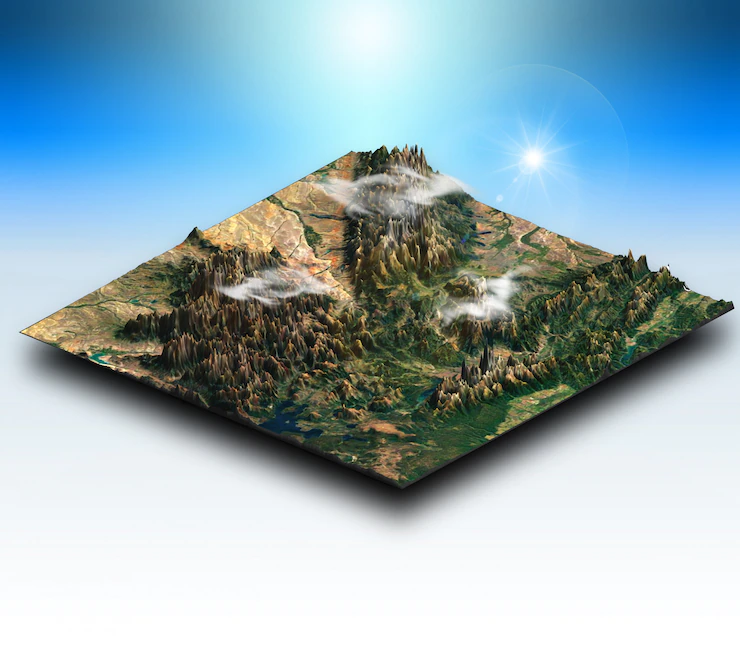In recent years, there has been a growing interest in the idea of terraforming, or the process of transforming a barren or inhospitable planet into a habitable world. This idea, once the stuff of science fiction, is now becoming a topic of serious scientific inquiry. But how exactly do we go about bringing a barren planet to life? In this post, we will explore the various methods and technologies that could be used to terraform a planet and make it habitable for humans and other forms of life.
Methods
There are several different approaches that could be used to terraform a planet. These include:
- Engineering the planet’s atmosphere. One of the key challenges of terraforming a barren planet is creating an atmosphere that is suitable for life. This could be achieved through a variety of means, including releasing gases such as carbon dioxide, oxygen, and nitrogen into the atmosphere, or using mirrors or other reflective surfaces to increase the amount of sunlight that reaches the planet’s surface.
- Modifying the planet’s surface. Another important step in terraforming a planet is modifying its surface to make it more hospitable to life. This could involve reshaping the planet’s terrain, creating lakes and oceans, or planting vegetation.
- Introducing life forms. Once the planet’s atmosphere and surface have been modified, the next step is to introduce various forms of life. This could include microorganisms, plants, and animals, which would help to create a diverse and sustainable ecosystem.
- Establishing a human presence. The final step in terraforming a planet is establishing a human presence on the planet. This could involve building habitats, infrastructure, and other necessary facilities to support human life.
Case Study: Mars
One of the most promising candidates for terraforming is the planet Mars. Mars has a number of characteristics that make it a good candidate for terraforming, including:
- It is relatively close to Earth, making it easier and less expensive to reach and explore.
- It has a thin atmosphere that is mostly made up of carbon dioxide, which could be used to create a thicker and more hospitable atmosphere.
- It has a surface that is relatively similar to Earth’s, with mountains, valleys, and other features that could be modified to support life.
To terraform Mars, we could follow the steps outlined above. First, we would need to release gases such as carbon dioxide, oxygen, and nitrogen into the atmosphere to create a thicker and more hospitable atmosphere. Next, we would need to modify the planet’s surface, creating lakes and oceans, and planting vegetation. Then, we would introduce various forms of life, including microorganisms, plants, and animals. Finally, we would establish a human presence on the planet, building habitats and other necessary facilities to support human life.
Conclusion
In conclusion, terraforming a barren planet is a complex and challenging endeavor. But with the right technology and approach, it is possible to create a habitable world that is capable of supporting life. By following the steps outlined above, we can bring a barren planet to life and open up new frontiers for human exploration and settlement.
Here are a few references on the topic of terraforming:
- Terraforming: Engineering Planetary Environments, by Kevin K. Grazier and James F. Kasting (2009)
- Terraforming Mars: A Study in Science, Religion, and Politics, by Andrew R. Schmitt (2016)
- Terraforming: The Creating of Habitable Worlds, edited by Jack W. Szostak, David P. Hilbert, and James P. Ferris (2018)
- Terraforming: The Science, Ethics, and Politics of Making Other Worlds Habitable, by Keith Cooper (2018)
- Terraforming and Ecopoiesis: The Planetary Engineering of a Sustainable Earth, by Gerardo A. Beni and Brian E. Gilbert (2020)




